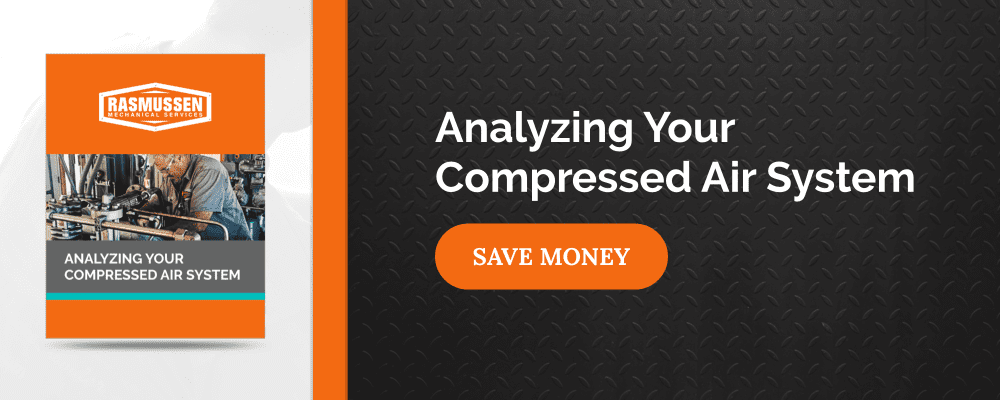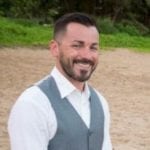Hospital “compressed air” serves those patients with a high risk of the toxicity of oxygen, giving them that purified alternative that allows them to undergo treatment. Where else will you find commercial air compressors giving a helping hand in hospitals?
Safe and quality air for your patients should be a priority. See how #CompressedAir systems are lifelines for hospitals with @RasMech Click To TweetHospital Compressed Air Systems Can Be Lifelines
Take a look:
- Respiratory Deficiencies: Patients who suffer from breathing issues, respiratory infections and more need clean, virus and bacteria-free air to breath. Hospital compressed air systems are able to produce that air, reducing risks.
- Newborns: They need the freshest air possible for those first couple hours, which is why compressed air systems need continuous maintenance and checks to ensure the safety of those new to the world.
- Anesthesia: Patients receiving anesthesia will have safer, healthier and eco-friendly air with compressed air.
- The Operating Room: This specific area is crucial to patient care, safety and overall well being while undergoing surgery. Hospital compressed air systems help prevent infection, illness and even death. It’s essential that hospitals have a good filtration system and testing procedures in place for their systems.
Behind the Scenes
As a medical professional or even a patient, you don’t always see these lifelines in plain sight. While these air compressors might not be visible, they are working hard behind the scenes to keep patients, doctors, and nurses healthy and the hospital running smoothly. So, how does it all work and what are the steps behind creating high-quality, medical-grade air? Take a look below to find out a few of the necessary parts and equipment needed for hospitals:
[To ensure your patients are safe and breathing in safe, quality air, download our Checklist: Analyzing Your Compressed Air System.]
Intake pipes
No matter the size of the building, it all begins with the intake pipe. Usually situated somewhere on the rooftop, it will suck up ambient air to filter through the system to be purified. Making sure this pipe is located at least 10 feet from any other opening into the hospital building and no less than 20 feet from ground level, is critical. For preventative measures, the pipe needs to be pointed downwards and covered with a screen to make sure no rodents or water can enter.
Multi-System Piping
Hospitals can have two or more compressor systems in place and the pipes for each can be joined at a single intake pipe. However, each pipe must have a close-off mechanism in case of situations such as maintenance or removal of corresponding compressors.
Did you know?
Through a series of processes that occur within an air compressor, one cubic foot of compressed air is produced from every eight cubic feet of ambient air that enters the system.
Multiplex Systems
Every compressed air system that functions inside a hospital will consist of two or more compressors (multiplex setup). Depending on the capacity of the hospital and the number of patients it treats, hospitals can have triplex (three compressors) or quadraplex (four compressors) to sustain the capacity level or become a backup in case one compressor fails.
Valves
Air compressors must contain, or be equipped with, different valves to handle air supplies at peak levels. Each compressor in a multiplex system should have the following:
- An isolation valve
- A pressure-relief valve
- A discharge-line check valve
These valves allow immediate separation from the system and it’s essential that each compressor has these valves in case of maintenance, or a buildup of oil or other impurities that could degrade the quality of the medical air and put patients at risk.
Hospitals require clean and toxic-free air for their patients and staff. How does a facility manager promise that? It all starts with the right #CompressedAir systems...learn more: Click To TweetFinal Destination
Once the air has been compressed and is medical-grade ready, the final process is to be delivered to patients. It can go through multiple different outlets within the hospital including blenders, flow meters and ventilators. Not only do patients use compressed air, but doctors and nurses use the air through pneumatic tools while operating.
It’s important to remember that while you may not be able to see compressed air systems in plain sight, they are working around the clock to ensure the safety and livelihood of patients and doctors in hospitals around the world. Taking preventive measures to sustain the compressors is key to maintaining quality air within every facility.
Contact us today to discuss the many ways we can partner with you for safe and reliable hospital compressed air systems.




